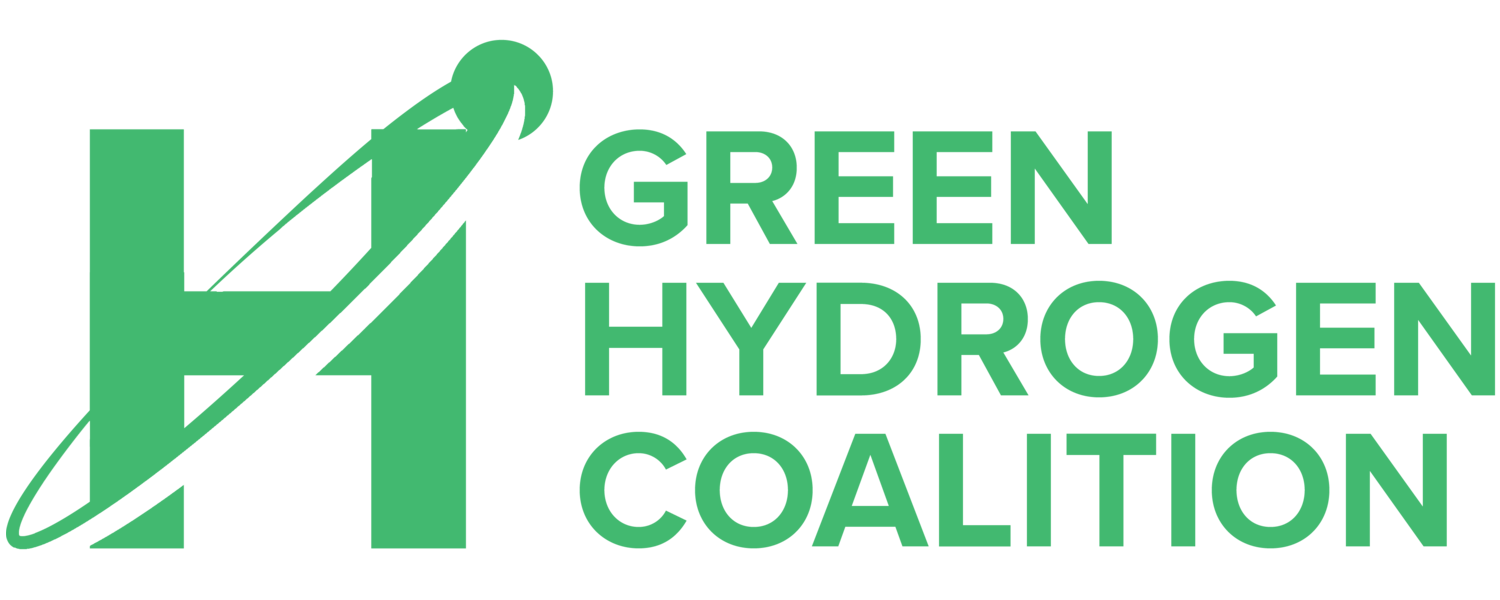
Green hydrogen is an economic engine that is well-positioned to employ the skilled and trained energy workforce throughout the United States
By 2050, the the global green hydrogen industry is estimated to achieve $12 trillion for the utilities industry alone*
Additional applications for green hydrogen that will drive an even larger market include: fuel for emergency backup generators, feedstocks for industrial heat applications, fertilizer for the agricultural sector, fuel for air and maritime transport, and more.
These multi-sectoral applications are growing the green hydrogen economy and creating a demand for a skilled clean energy workforce.
*Source: Green Hydrogen: the next transformational driver of the utilities, Goldman Sachs, 2020
Green hydrogen repurposes jobs and infrastructure
Much of the fossil fuel power and gas infrastructure today can be repurposed for a scaled green hydrogen economy, including power plants, pipelines, storage assets, and more.
This enables and accelerates a more affordable clean energy transition, and creates opportunities for new skilled and trained jobs for the energy workforce.
Power plant conversion projects support clean air and sustainable jobs
Intermountain Power Project (IPP) is Utah’s largest coal-fueled power plant that is converting to an 840 MW combined cycle gas turbine capable of using a blend of natural gas and 30% green hydrogen upon commissioning in 2025. This project repurposed existing jobs and infrastructure for a vibrant, local clean energy economy.
The power sector has scalable job creation potential
Utilizing data from real-world thermal conversion projects, we have identified the average job potential of converting one large thermal power plant to hydrogen turbines that use electrolytic hydrogen from wind and solar.
Scaled across even just 20 power plants, thermal power plant conversions have the potential to more than 41,000 peak construction jobs and 2,500 ongoing operations skilled clean energy jobs.
The U.S. can become a leader in global green hydrogen production and export
The United States has many inherent advantages to become a global leader in low-cost green hydrogen production and export, such as: abundant renewable feedstocks, large domestic uses of hydrogen to facilitate scaled production, high-volume maritime ports, a skilled energy industry workforce, and more.
Acting now can help U.S. secure it’s place in the emerging global economy and create a clean energy future for all.





